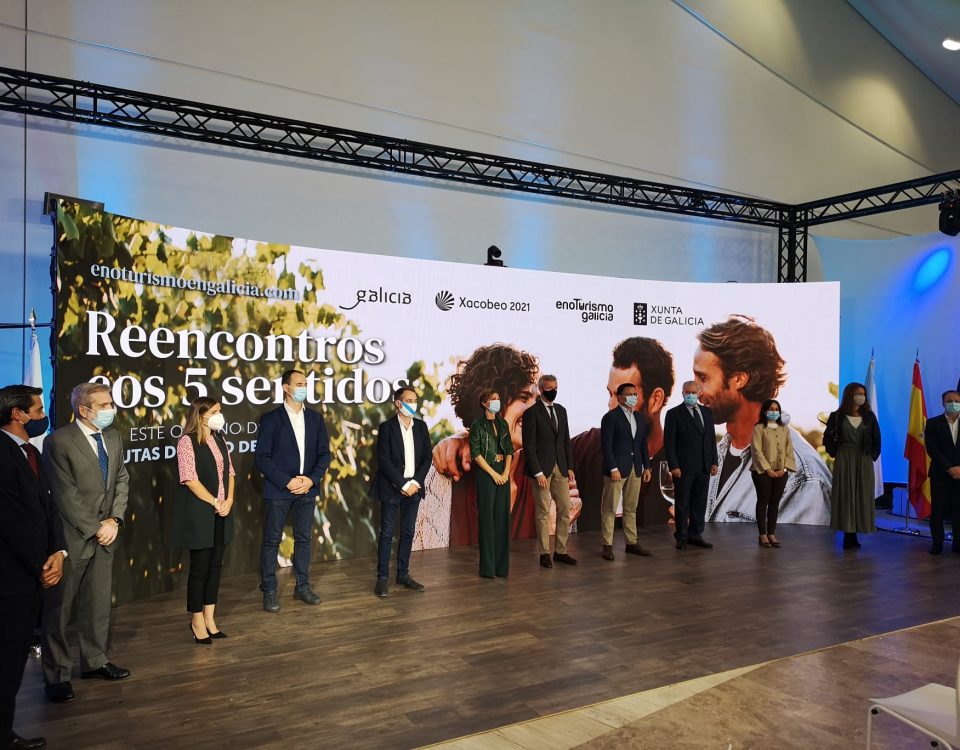- El mejor turismo de galicia
Ribeira Sacra
The Xunta had also requested sustainability plans for Ourense termal and A Mariña lucense, which were not approved
Galicia will have two sustainable tourism plans for Ribeira Sacra and Santiago de Compostela after their approval at the Tourism Sector Conference held this week with the Central Government, which was also attended by representatives of the other autonomous communities and the Minister of Industry, Trade and Tourism, Reyes Maroto.
These plans, which aim to promote actions in these destinations and improve their competitiveness, were one of the measures agreed last June, at the Sectoral Conference itself, to reactivate and energize the sector. Within this initiative, the Xunta proposed a total of four plans: the one of Santiago de Compostela and the Ribeira Sacra, which were approved; and other two for Ourense Termal – related to different city councils of the province of Ourense- and A Mariña Lucense. However, and in spite of the intention of the autonomic government to co-finance the four projects, the central government only approved two.
The proposals presented by the Xunta were the best rated projects out of the 15 evaluated by Turismo de Galicia, according to the call for this line of support to tourist destinations.
The Tourism Sustainability Plans program is divided into two types, aimed at pioneering destinations and rural or inland destinations. The first of these plans is aimed at solving the problems presented by mature destinations, characterized by their tourist demand, which sometimes means urban and environmental overload, as in the case of Santiago de Compostela; and the second, such as the Ribeira Sacra, is aimed at areas with cultural heritage, in protected natural areas or in underdeveloped coastal areas.
Rueda valued the approval of both projects. On the one hand, that of the Galician capital, “thinking of the Xacobeo” and in “managing the tourist flows” that converge in the city; and on the other hand, that of the Ribeira Sacra, “to continue improving that destination and to achieve that coveted proclamation as World Heritage”.




